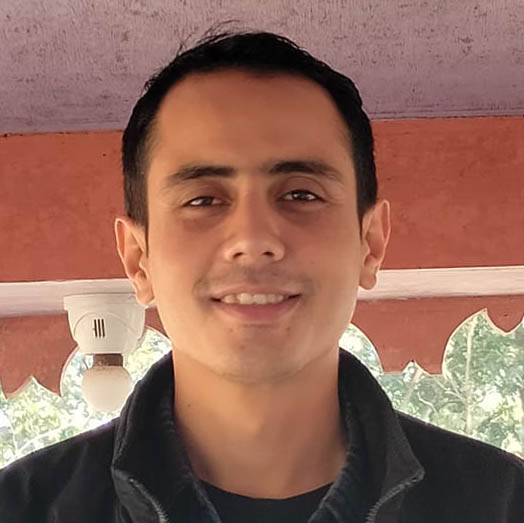Opinion
Kathmandu city
Concepts like decentralisation, local sovereignty and democracy have failed to materialise
Gaurav Thapa
Kathmandu was declared the first and only metropolis in the country just 20 years ago but the present Kathmandu Metropolitan Office (KMC) had its humble beginning in 1919. In December that year, a Cleaning Office was established in the Capital to sweep the streets used by the then royals. The office was the first government institution at the local level in the country and despite its main purpose to serve the royals, it nevertheless benefited locals who used the street. It is that Office that has gone through several transformations and revisions to become the only metropolitan authority in the country.
Records show that the Cleaning Office was divided into two sections—lower and upper—for division of work. And in 1932 laws were issued by the then Rana government for organisational reform of the Office and for widening its working areas.
But a revolution was brewing within the country against the autocratic Rana regime. The State executed four leaders in 1941 in Kathmandu to quell the revolution but it backfired and further angered the public. To placate the citizens, Prime Minister Padma Shumsher gathered them in February 1947 and declared the establishment of a municipality in Kathmandu. Marketed as a democratic institution, Padma Shumsher even conducted elections for chairman of the 18 wards that were there in Kathmandu back then and for vice chairman of the municipality. However, the chairman of the entire municipality was nominated by the State, which led other elected representatives to resign in protest.
After the establishment of democracy in 1951, a Municipality Act was drafted, according to which the first election for Kathmandu municipality was held on August 25, 1952. Janakman Shrestha became the first elected mayor of Kathmandu. Later Prayagraj Singh Suwal was elected the mayor in 1957. The trend to elect the mayors of local bodies continued during the Panchayat era between 1960 and 1990. During this period, Chandrananda Newa, Basudev Dhungana, Premraj Shakya, Kamal Chitrakar, Haribol Bhattarai and Sharada Prasad Bhattarai became municipal chiefs of Kathamandu respectively. After the restoration of democracy in 1990, PL Singh was elected the mayor of Kathmandu in 1992. It was Singh who declared Kathmandu a metropolitan city in 1995.
In the 1997 elections, Keshav Sthapit was elected the mayor of Kathmandu. After his term expired in 2002, he was again nominated for the post by the government but he resigned in 2004. Rajaram Shrestha was then elected as KMC mayor in the 2006 local level elections, but the elections held under former king Gyanendra Shah was boycotted by major political parties like the Nepali Congress and CPN-UML, and the elections are not considered legitimate now. Currently Rudra Singh Tamang is heading KMC as the chief and executive officer appointed by the government.
This means Kathmandu as well as other local bodies have been without elected representatives since 2002. The concepts of decentralisation, local sovereignty and democracy championed by various political parties during different times in the country’s history have failed to materialise in a true sense. In the absence of elected representatives, government employees have been heading local bodies. Kathmandu has suffered from mismanaged settlement, increasing pollution and scarcity of daily essentials as citizens have not been able to choose a local government for themselves.
Thapa is a reporter at the Post




 16.24°C Kathmandu
16.24°C Kathmandu












